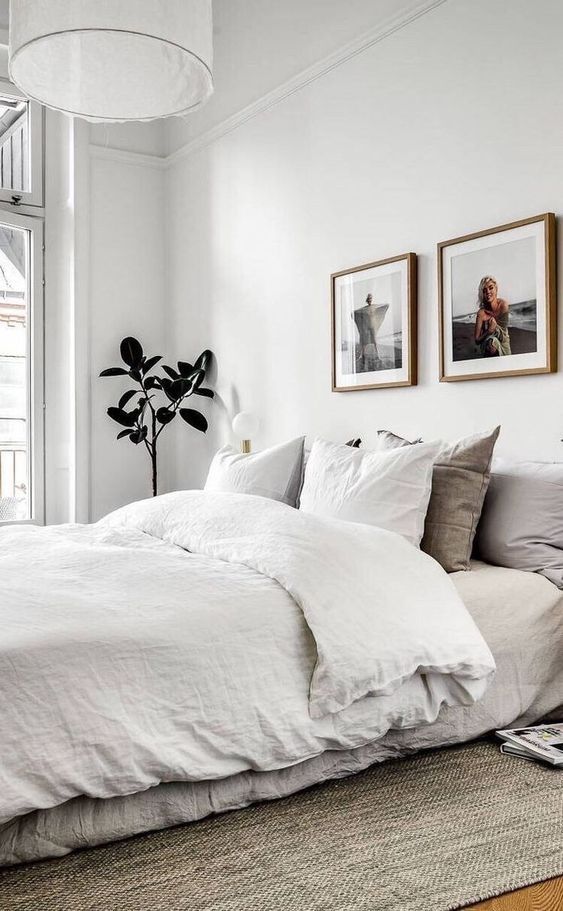
How to Design a Relaxing Bedroom
Too many people are waking up feeling more tired than when they went to bed. We all work hard during the day, so shouldn’t your bedroom work hard for you at night so you can get the best night’s sleep? Yet, a startling 1 in 3 adults doesn’t get enough sleep each night. Even if they do manage to catch some Zs, they might be stuck in a cycle of poor sleep quality.
What can be done to repair your sleep? You’ll want to first take a close look at your bedroom. The things you surround yourself with within the bedroom might be getting in the way of your sleep. Here’s how to design a relaxing bedroom for better sleep every night.
1. Start with Your Mattress
The most important thing in your bedroom is your mattress. This is where you’ll spend the most time, and this is where you’ll set the foundation for a good night’s sleep. You can’t just choose any mattress. If your mattress leaves you feeling uncomfortable, sore, or tossing and turning, it’s time for an upgrade.
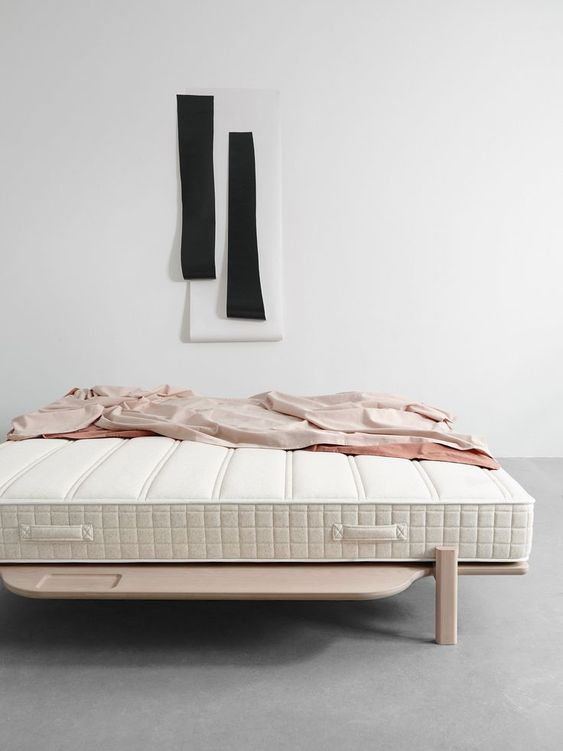
Source: Pinterest
You want to research the best possible mattress for your body. You might need something firm that doesn’t change shape. On the other hand, you might look for memory foam that’s soft on your joints. Here’s the complete adjustable bed buying guide so you can get the right mattress for your sleep.
2. Find the Right Bedding
Your mattress is only as good as your bedding. You can have the best mattress in the world, but if you’re using poor quality bedding, you’ll still be uncomfortable at night. You need linens and pillows that suit your body and sleep style.
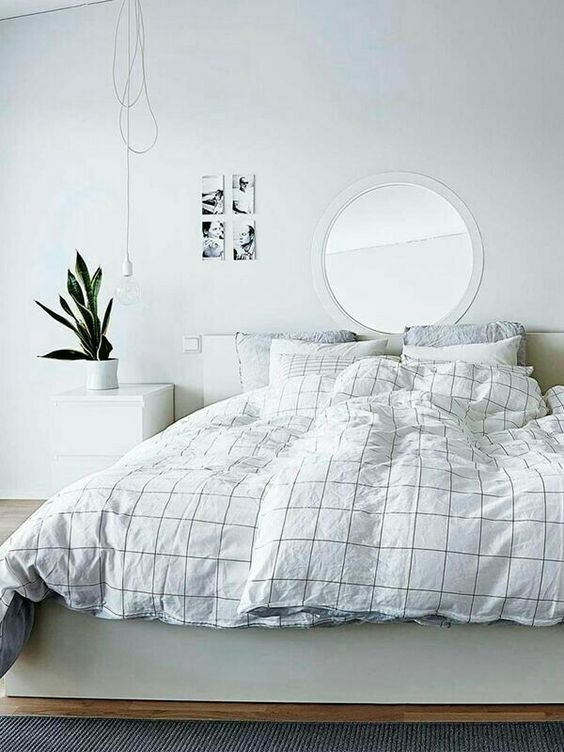
Source: Pinterest
First, think of how your body gets when you sleep. If you’re prone to overheating, you’ll want a breathable fabric like linen or cotton. On the other hand, if you’re always cold, opt for fleece or a warmer material that keeps heat in. Similarly, you’ll need a pillow designed for your sleep style.
3. Choose Soft Lighting
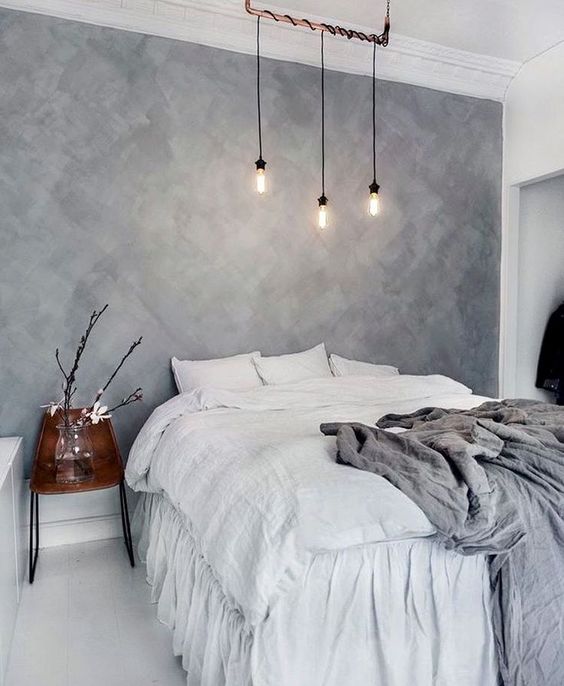
Source: Pinterest
Because you want your room to be relaxing, you should choose soft lighting. Soft lighting helps tell your body that it’s time to go to bed. Harsh, bright lights might make you feel energized and ready for the day, but that’s not what you want when you’re trying to unwind. Light can really impact our mood and energy level, so take this into consideration with your bedroom interior design.
4. Paint Your Walls
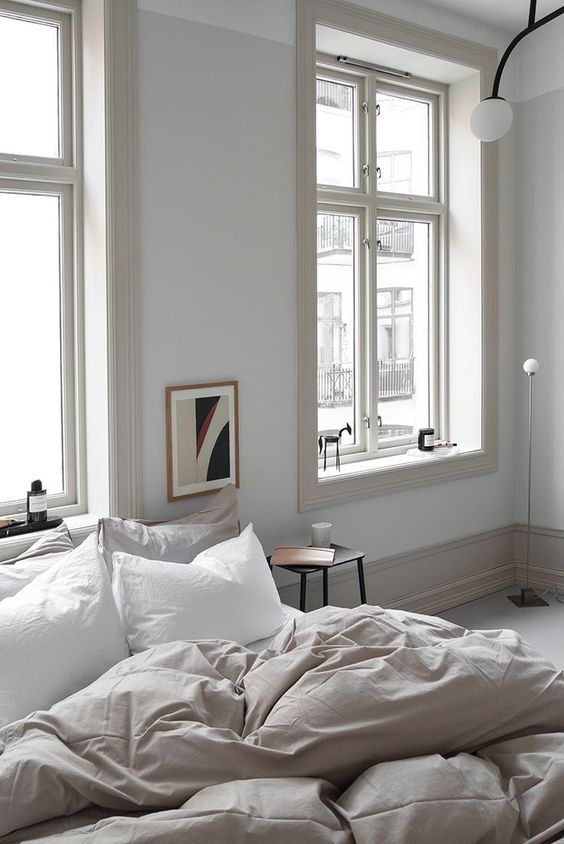
Source: Pinterest
Did you know your wall colors also play a role in how you feel? It should come as no surprise that loud, harsh colors encourage energy and keep your mind awake. On the other hand, a soothing color palette can help you feel less tension at all times of the day. That doesn’t mean you need to opt for white walls. Any neutral shade will be tranquil and inviting.
5. Skip the Electronics
Finally, don’t forget to leave your electronics in another room. It’s tempting to put your electronics and devices in your bedroom for easy access, but you want this to be a space for relaxation. TVs, smartphones, and computers keep your mind awake and fill the room with artificial light.

Source: Pinterest
Instead, tuck your TV away in a closeable cabinet or leave it from the room altogether. If you can, charge your phone in a different bedroom at night to ensure it doesn’t keep you up at night.
Feel Refreshed Every Day
Are you struggling to feel your best in the mornings? If so, you’re not alone. You don’t have to accept your sleepless nights as normal. Your bedroom might be to blame for part of this problem.
Follow these tips above for a better night’s sleep. These small differences have a huge impact on your mood and energy. It’s time to catch more Zs once and for all.
